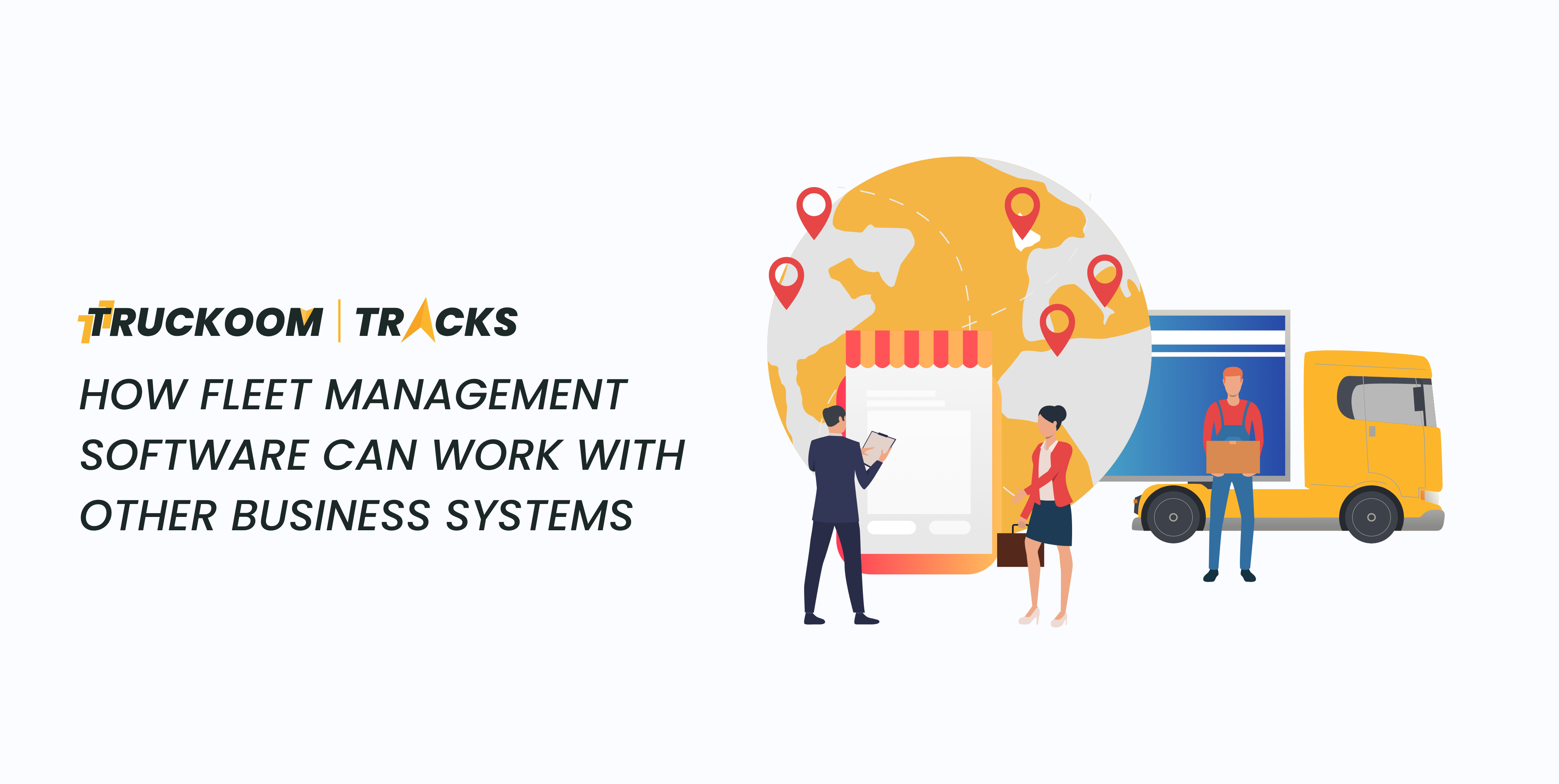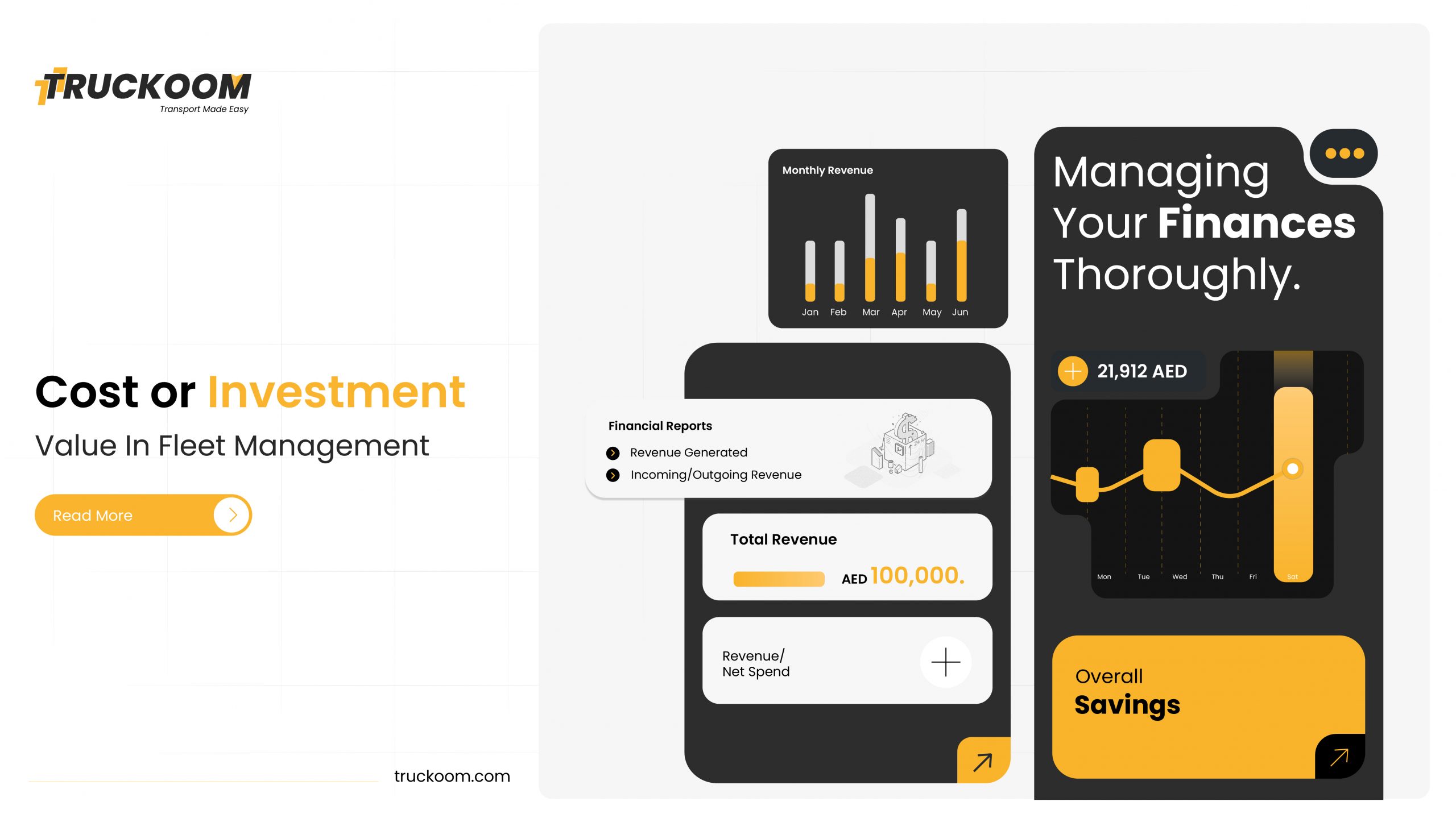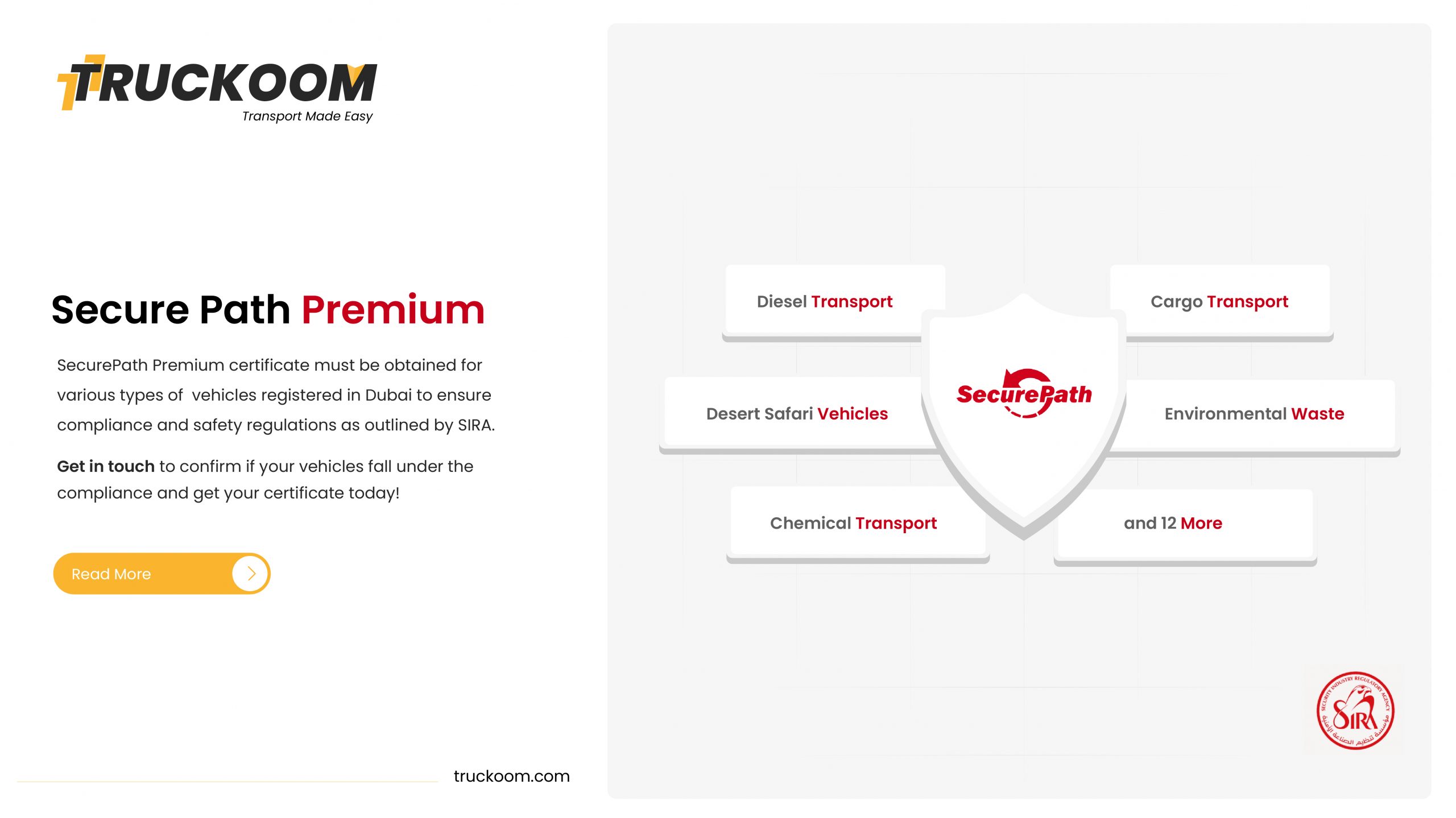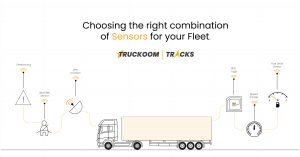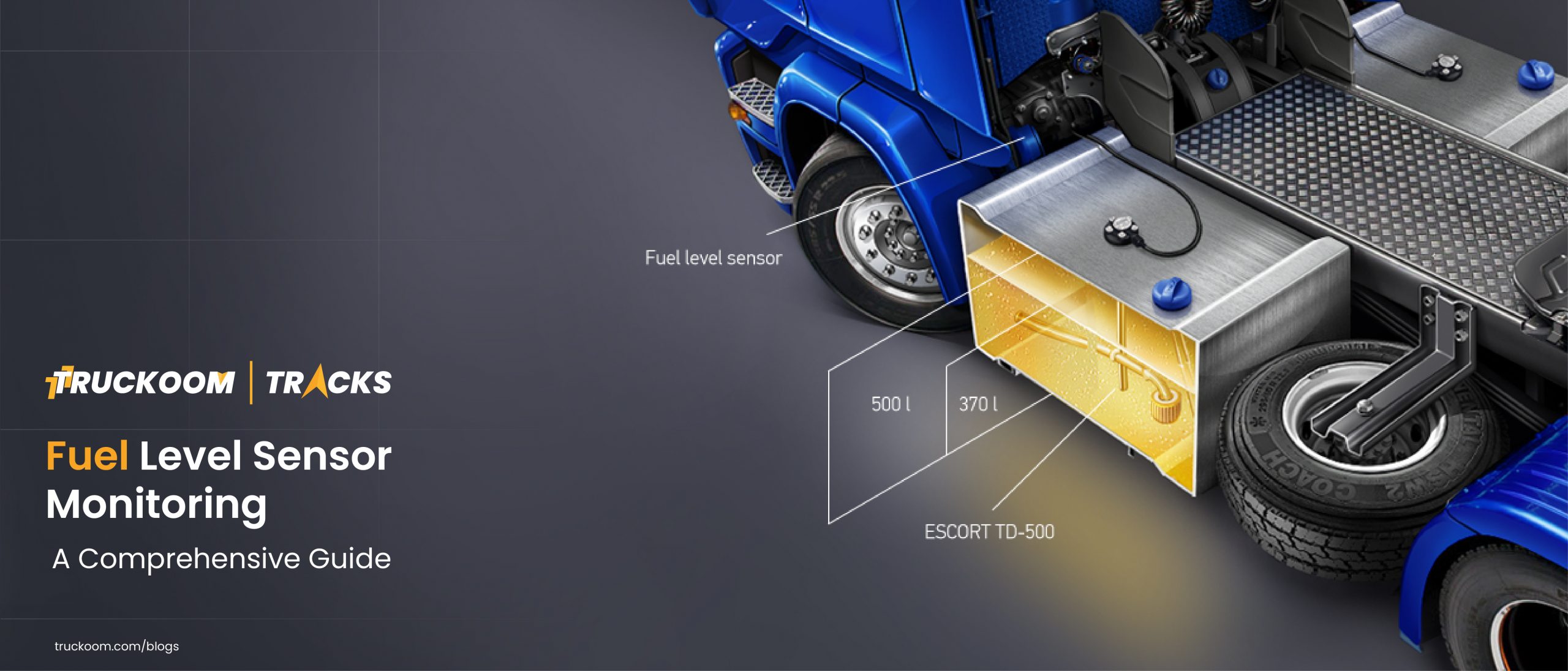Fleet management software isn’t limited to tracking a company’s vehicles; it can be combined with the business’s other systems and applications to provide a comprehensive view of its operations. Businesses benefit from harnessing the power of different software solutions because they get access to real-time data from multiple silos to quickly and accurately make informed decisions. By integrating the software with other systems, such as inventory management, financials, HR, and marketing automation, companies can see how their efforts are performing across different departments and areas. With a unified view of their services, businesses can ensure all cross-functional teams are on the same page and better optimize processes based on accurate insights. A more organized and connected overview of operations is essential for reducing costs, increasing productivity, and making strategic business decisions in today’s competitive climate.
Integration With Accounting Systems
It is a powerful tool for businesses that use many vehicles. Integrating with an accounting system can make tracking and report on fleet expenses much more accessible than ever before. For example, fuel costs, maintenance fees, labor, and other such expenses can all be tracked and automatically reported in the system. This makes it possible to uncover wasteful spending or quickly improve opportunities to save money. Additionally, by connecting the two systems, your company will have access to accurate information about your fleet operations. It can use this data for strategic planning moving forward. In an era where real-time understanding of metrics has become increasingly important, fleet management software integrated with accounting systems provides a significant advantage over competing businesses.
Integration With ERP And CRM Systems
It can be a powerful tool for modern businesses, providing an efficient way to track vehicle activity and optimize routes. By integrating with enterprise resource planning (ERP) and customer relationship management (CRM) systems, it is possible to gain an even fuller picture of business operations and customer interactions. This allows businesses to identify trends, understand customer behavior, and adjust strategies accordingly. Enhanced reporting capabilities allow more informed decisions, improving cost savings, fewer downtime incidents, timely maintenance and repair scheduling, enhanced customer service, and streamlined operational processes. Ultimately, by combining fleet management software with ERP and CRM systems, businesses can provide a comprehensive view of their operations that fosters better decision-making while increasing responsiveness to customer needs.
Integration With Payroll Systems
Truckoom is a leading provider of fleet management software that allows businesses to seamlessly integrate with their payroll systems, so that driver and employee hours and expenses are tracked and managed efficiently. Truckoom’s suite of innovative solutions not only improves the accuracy of payroll operations but also reduces costs, automates tedious tasks, and provides real-time access to data on one user-friendly dashboard. Truckoom enables businesses to monitor fuel consumption, quickly review time logs, evaluate invoices, and manage vehicle maintenance ensuring employees are motivated and maintaining regulatory compliance. All of this can be done from anywhere in the world, anytime! As Truckoom is tailor-made for every business, it gives customers an extra level of control over their fleets, allowing them to save time and money.
Integration With Inventory Management Systems
Fleet management software that hooks up with inventory management systems ensures businesses have an eye on the real-time movement of their assets. From seeing where a shipment is en route to knowing when delivery gets delayed or recognizing when equipment maintenance is needed, staying in the know can help ensure everything stays on course. Through connecting automated processes and streamlining data, fleet and inventory managers can easily stay up to date without skipping a beat. Thanks to the integration of these two components, companies are empowered to create consistency while managing costs, improving service levels, optimizing customer experiences, and more all in one comprehensive package.
Integration With Telematics And GPS Systems
It provides businesses with valuable, actionable insights into their vehicle performance. By syncing this suite of tools with telematics and GPS, the user can gain detailed data on their fleet’s speed, location, and driver behavior. This information allows business owners to make informed decisions about managing fuel consumption and expanding their operations efficiently and cost-effectively. Additionally, fleet management systems provide features such as prompt maintenance reminders, helping companies keep their vehicles updated to maximize safety while minimizing further expenses. These data points enrich our understanding of the vehicles’ moving parts. They are available at our fingertips no need for manual labor or complex calculations to optimize vehicle performance.
Integration With ELD Systems
It is essential for businesses that rely on vehicle fleets. It can provide valuable insights to optimize operations and easily integrate with ELD systems to monitor corporate compliance with federal regulations. An integrated solution combines back-office activities related to DOT logging with other vital fleet-related functions, such as route optimization, preventative maintenance scheduling, and tracking of fuel costs. By combining electronic logging devices with the power of a comprehensive fleet management program, industry professionals can access the real-time data needed to ensure compliant adherence to ever-changing policies and procedures while streamlining workflow processes. Fleets of all sizes benefit from knowing that their system is always running smoothly and in constant compliance with federal government regulations.
Integration With Maintenance Management Systems
It revolutionizes how vehicle maintenance and repairs are scheduled and tracked. By tightly integrating with a maintenance management system, fleets can use predictive analytics to anticipate vehicle wear and tear, ensuring the highest efficiency. This integration provides real-time data regarding each vehicle’s performance, including speed, mileage, engine code trouble checks, fluid levels, and more. With this data in hand, fleet managers can quickly intervene to repair or replace faulty parts before they affect operations significantly. Additionally, these systems empower fleet operators to take corrective measures quickly and accurately for an improved customer experience and increased safety. Without such tight integration between fleet management software and maintenance management systems, it would be much more difficult for fleets to maintain their vehicles properly and at optimal performance.
Integration With Asset Tracking Systems
It can be a powerful tool in any business, and when integrated with asset tracking systems, it can unlock real-time monitoring capabilities. With the proper setup, executives and other decision-makers in fleet resources will quickly gain insight into the status and location of their vehicles, equipment, and other assets. By leveraging such information in an automated manner, they can drastically reduce the time needed to manage these resources while ensuring that all available data is analyzed efficiently. In addition to being useful for budgeting purposes and staying on top of maintenance schedules, this potentially powerful connection between fleet management software and asset tracking systems can offer insight into otherwise undetectable metrics leading to better-informed decisions that could ultimately result in improved bottom lines over time.
Conclusion
Businesses with fleets of vehicles can benefit greatly from the fleet management software. Its ability to integrate with ELD, maintenance management, and asset tracking systems ensures that its users get the most out of their vehicles while staying compliant with regulations. By leveraging real-time data from these integrated solutions, executives can make better-informed decisions which could result in improved bottom lines over time. With a comprehensive program, industry professionals can access all the information they need to optimize operations and ensure maximum efficiency.
